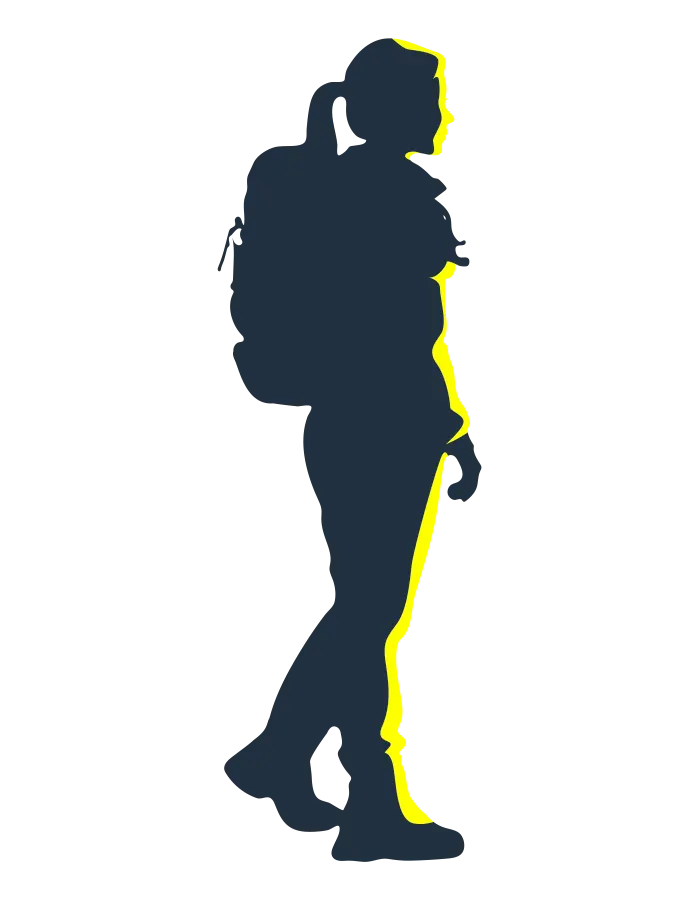NPI Phase 3
Production preparation and supply chain setup
Welcome to Phase 3, where we transition from planning to production.
In this phase, Design for Manufacturing (DFM) continues, particularly in relation to tooling. Tooling involves creating molds and fixtures that are crucial not only for producing the parts of the product to be assembled, but also for ensuring consistent quality when the product is built at scale.
Here our sourcing team also sets up the supply chain, identifying reliable suppliers and negotiating optimal pricing, terms, and delivery schedules. This phase ensures that all elements are in place for efficient and high-quality manufacturing.
Efficiencies at a Glance
- Without having a design that has gone through the DFM process, there could be post-tooling changes, resulting in significant and expensive delays.
- When it comes to sourcing, it’s important to buy all components and materials at a reasonable cost, in the country where they will be used for production. Our decades of experience and established supply chain makes this possible.
Design for Manufacturing (DFM)
At this point in the journey, we engage tooling specialists who ensure all parts will meet the product and use case requirements and fit together seamlessly. The team designs the necessary tools, often creating multiple tools for each assembled product, with each tool dedicated to producing a single part of the assembly. While focusing on manufacturability, they will look for design improvements that will improve the quality of the product while maintaining the original design intent.

Tooling
Tooling is a major part of Phase 3 and can take between 6-10 weeks to complete. The tooling process is essential for ensuring that all components fit together perfectly and meet the required specifications, ultimately informing the entire project's timeline and quality standards.
What Is Tooling?
Tooling is the process of designing and creating a mold (the tool) that creates the parts that make up your product. Tooling involves slowly and precisely cutting steel to create molds used in plastic injection molding. This process is meticulous and requires a high level of precision, as the molds must produce parts that meet exact dimensions and quality standards. Tooling is a major investment when it comes to costs and time. Getting this right directly impacts the efficiency, consistency, and quality of the manufacturing process. For more information, check out our dedicated resource on the topic!
Process Details & The Golden Sample
Once the initial tooling is completed, a dimensional analysis is conducted to check if the parts produced from the tool are within specifications. If necessary, further modifications are made to achieve precise finishing. After ensuring the parts meet dimensional requirements, a cosmetic modification known as texturing is applied to the tool, which can involve polishing or etching the mold surfaces.
The end result of this comprehensive tooling process is a "golden sample" which serves as the benchmark for all subsequent production. Every product moving forward must match this golden sample, ensuring consistent quality and adherence to the original design specifications. This step also involves material and component sourcing to ensure all required standards are being met.
Supply Chain & Sourcing
While tooling is underway, the sourcing team works on component sourcing. They identify which suppliers will provide the best pricing, terms, and delivery schedules for your product’s materials.
Although a budgetary quote for the product has been provided up to this point, the sourcing team now specifies details more precisely. For example, a quote for 100,000 units built in one lot will differ from a quote for 100,000 units built in monthly lots of 10,000. This stage often involves further negotiation regarding timelines and the trade-off between risks and costs to ensure an optimal balance for both parties.
Project Coordination & Design for Assembly
While tooling and sourcing are in progress, there’s a significant amount of project coordination taking place. This includes buying components, planning equipment, and coordinating capacity and human resources that will be used for mass production.
Developing assembly instructions is a key component of this phase as well. Every detail is considered and documented, such as:
- Whether the product will be assembled by operators that are sitting or standing
- What tools need to be readily available for use
- How materials will be staged
Here the foundation is built for quality and efficiency. Design for assembly will begin at this stage, but continue into Phase 4.
What's Next
Now tooling is complete, the supply chain is set up, and plans are in place for assembly. We’re ready to reach greater altitudes with rigorous testing and validation of your product design and manufacturing processes in Phase 4.

Start the discovery process

Continue Along the Journey
Continue onward with Phase 4: Scaling to Volume Production.